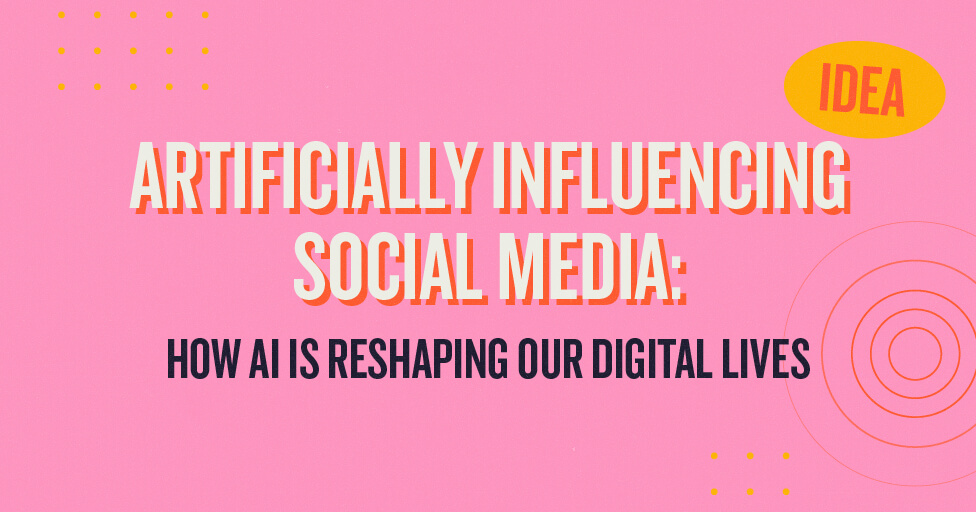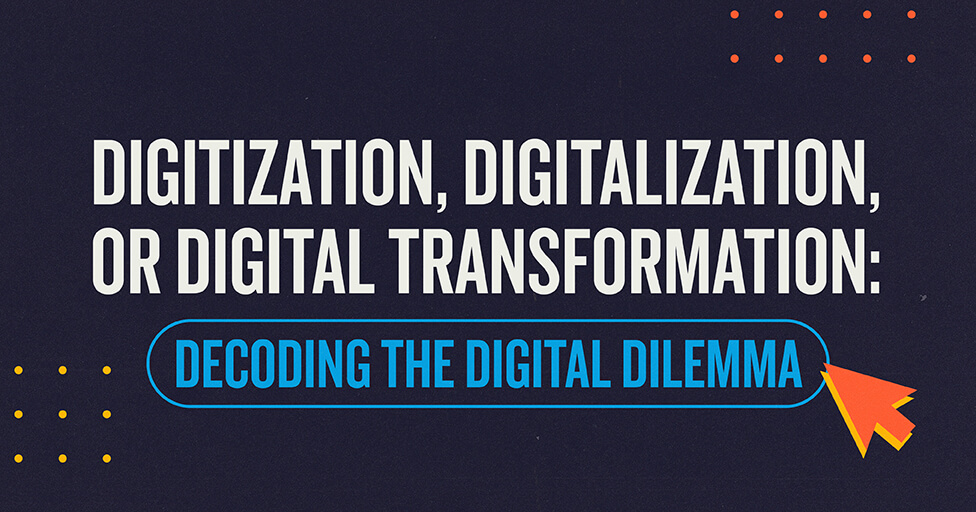
‘Content strategy’ is a buzzword that’s been circulating the marketing industry for the past few years. By now we’ve all figured out that it pretty much means getting smarter and more strategic about the content we produce. Still, most organizations haven’t nailed down what it means to actually do content strategy.
Recently, I took on the role of content strategist at MBB+. I’m excited about the opportunity because content strategy is something I’ve been interested in for a long time.
I’ve noticed that sometimes people will confuse tactical executions for content strategy, or will use the terms ‘content marketing’ and ‘content strategy’ interchangeably. It’s clear that this is still an emerging discipline, and that’s part of what makes it so exciting.
By the way, if you’re curious about the difference between content marketing and content strategy, this article from Content Marketing Institute is the most comprehensive answer to this question I’ve come across.
To me, content strategy is how we make absolutely sure that the work we’re doing has meaning. That it’s actually useful for our users. That it has the ability to support our larger business goals.
Some think of the act of creating a content calendar or list of interesting topics to blog about is the beginning and end of content strategy. I disagree. Planning and tactics are part of rounding out a content strategy, yes. But the core strategy needs to define why we’re creating the content, who we’re creating it for, and what we’re trying to gain by creating it.
Something else I think is really important to consider in a content strategy is the content’s potential to add value to an already saturated content market. It’s so tempting when we see a piece of great content like an infographic or an eBook to want to produce something similar for our own organization.
But piggybacking on someone else’s brilliant idea will not have the same return value as coming up with our own great idea. If we’re to create content that has already been published somewhere else, it has to be significantly better or it won’t work the way we need it to.
To me, the main role of a content strategist is to ask the tough questions. Can we create a better version of what’s already out there? Do we think people will care to read or use this content? Do we have the budget, time, and resources to execute this plan well?
It’s hard to admit when the answer is no. But when we’re able to do that, we get closer to finding gaps we can fill and content projects we can execute well. And that’s really what content strategy should aim to do.
Subscribe to our newsletter
Get our insights and perspectives delivered to your inbox.


